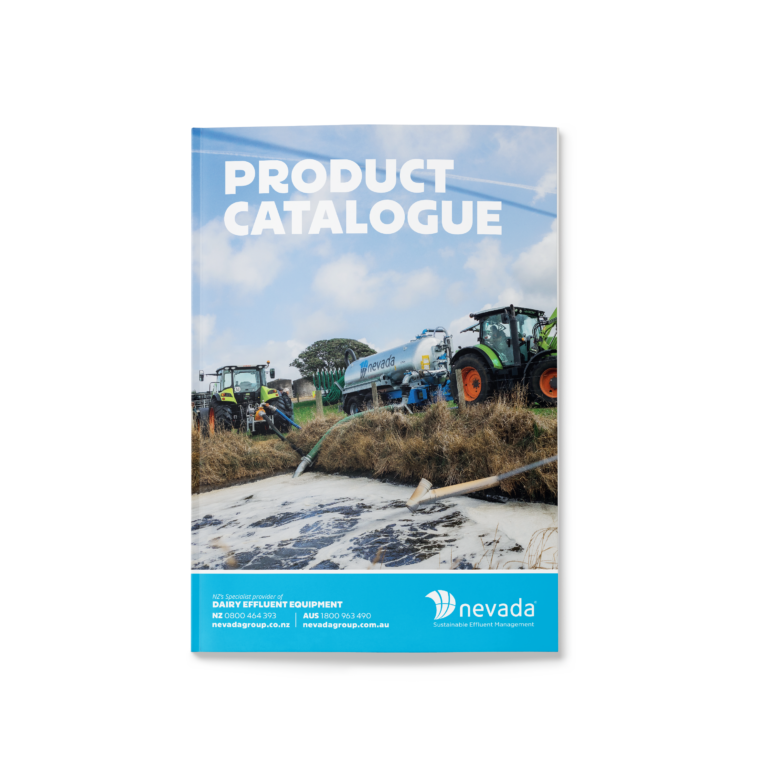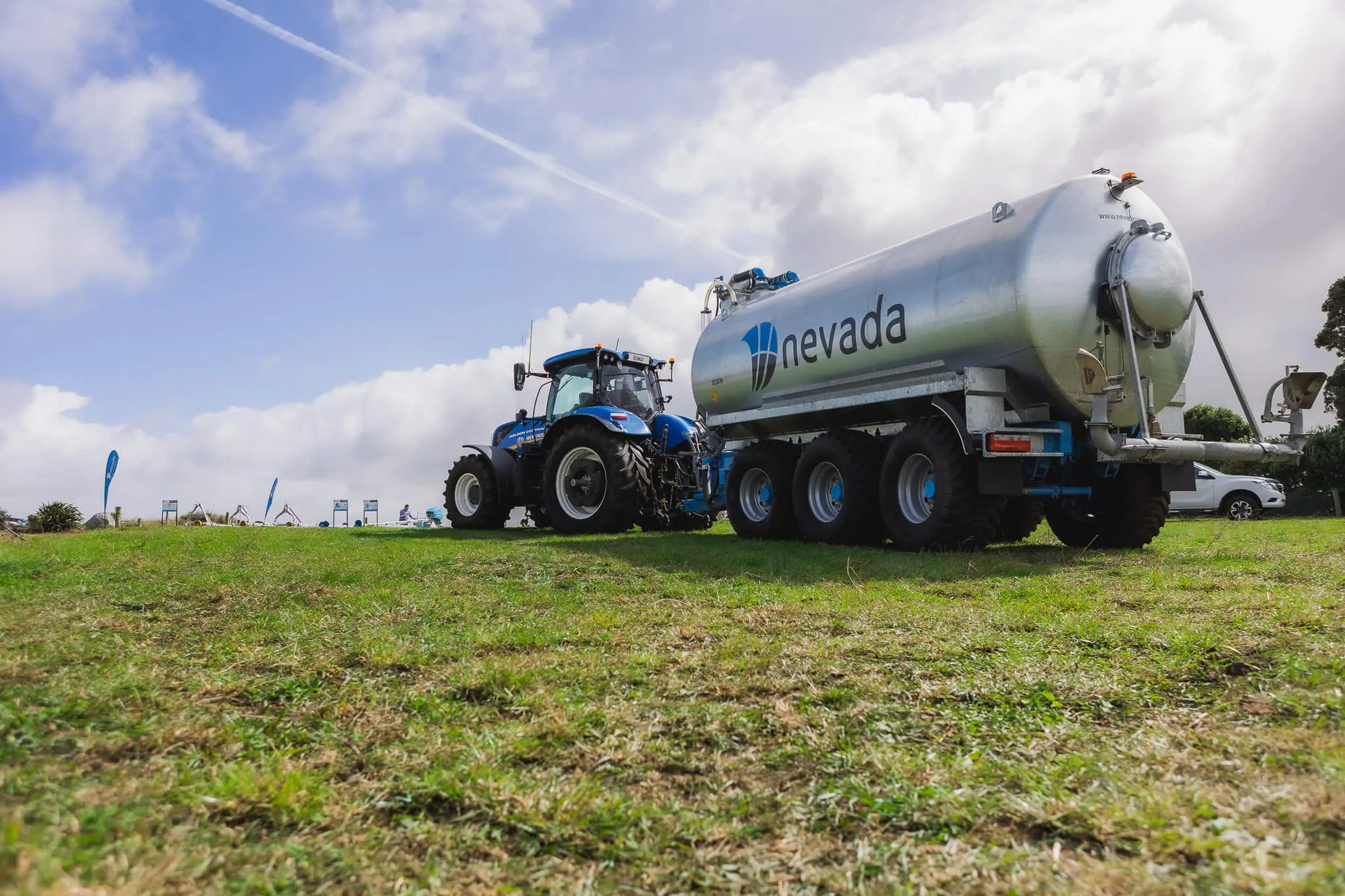- Sustainable Effluent Management
Making sure the effluent pond is the correct size helps to ensure efficient and sustainable effluent management. If your pond can’t store enough effluent, you risk over-irrigating your soil, resulting in surface runoff or direct drainage – bad for your soil and plants, and extremely bad if it results in non-compliance.
On the other hand, if your effluent pond is too large, you’ll be maintaining a system that’s bigger than requirements, resulting in more money spend installing and maintaining the system.
By getting the effluent pond size right from the start, you’ll have the peace of mind that your system will provide the most effective use of water and nutrients (vital in drought-prone areas), enable flexibility for irrigation schedules, and reduce your risk of non-compliance.
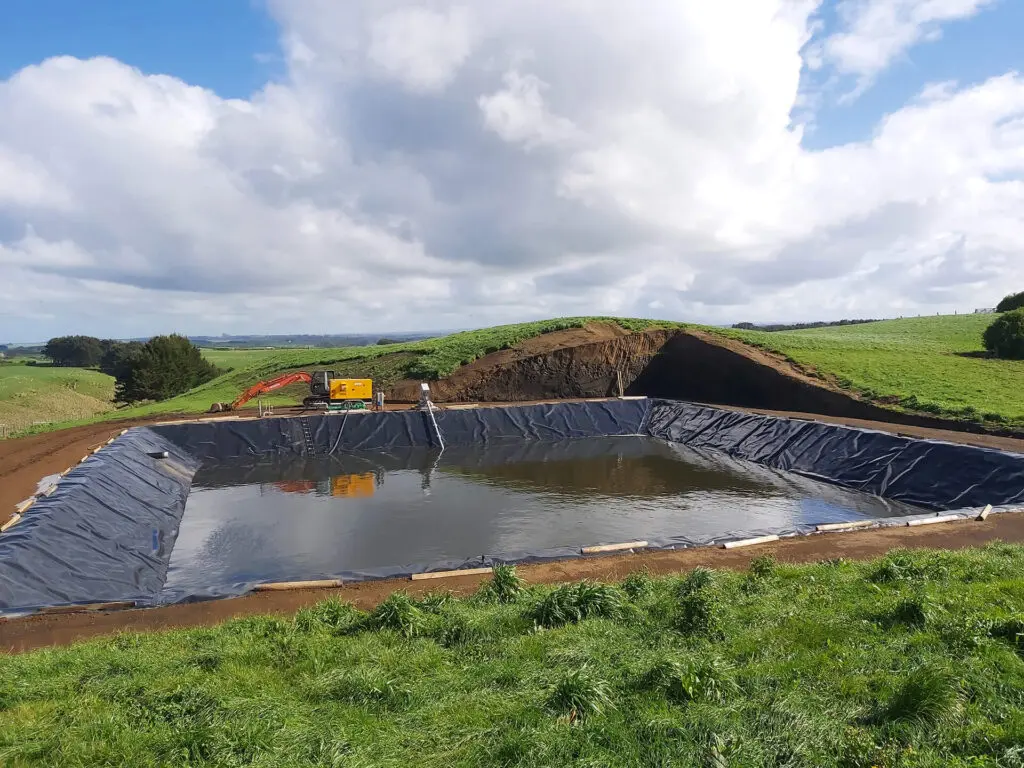
The expert team at Nevada are here to help you with any questions you have, but for now, here’s a quick guide to get you started:
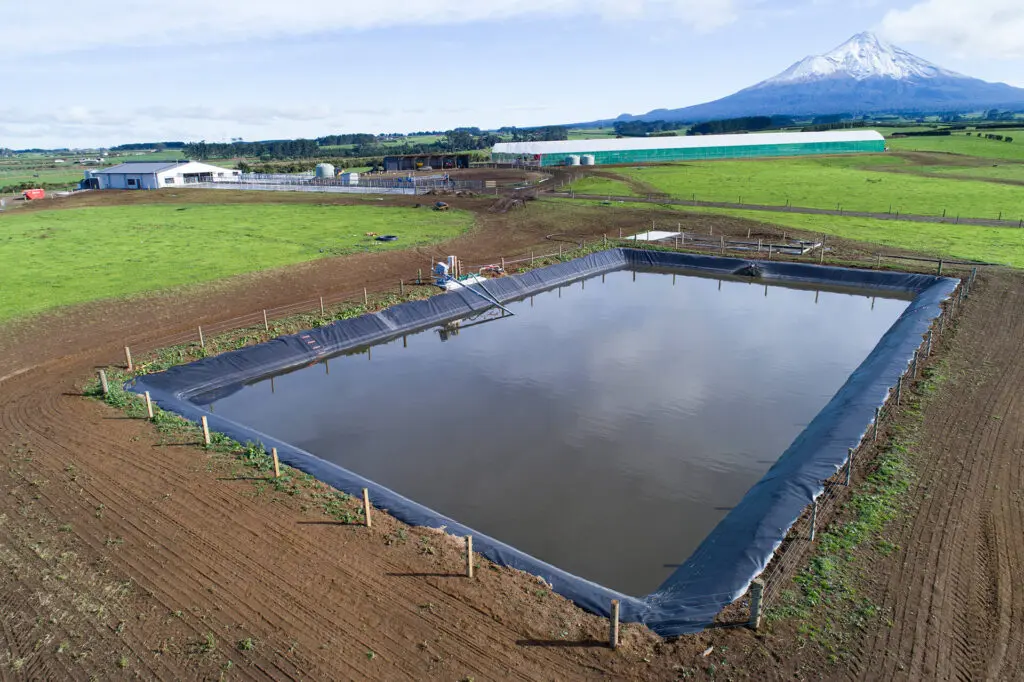
If only it were that easy!
We definitely don’t recommend using industry averages to make important decisions about pond size and placement. Every farm is different, and will require a unique solution that takes into account a number of variables including annual rainfall and soil condition.
The key figures you need to think about when calculating your effluent pond’s size are:
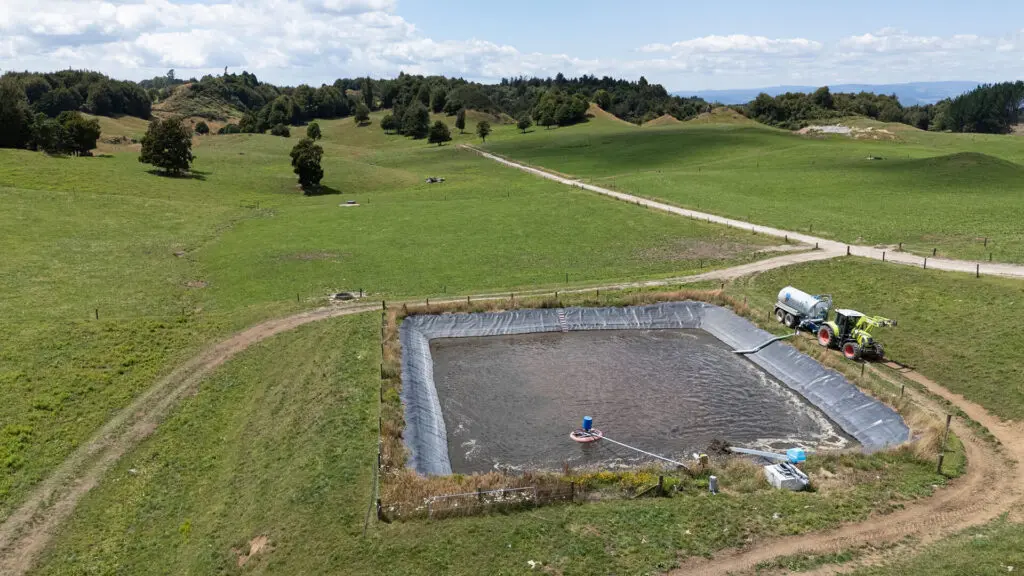
Dairy NZ have created a useful Dairy Effluent Storage Calculator that takes all factors into consideration. They also provide a guide to using the calculator and a series of how-to videos explaining each step of the process. This resource will be invaluable when calculating the correct pond size.
We recommend you talk to the team at Nevada when making your calculations. Getting the wrong effluent pond size can be a costly mistake for any farm, and we have all the professional tools and knowledge to ensure you take all the variables into account. Give our friendly team a call today.
"*" indicates required fields
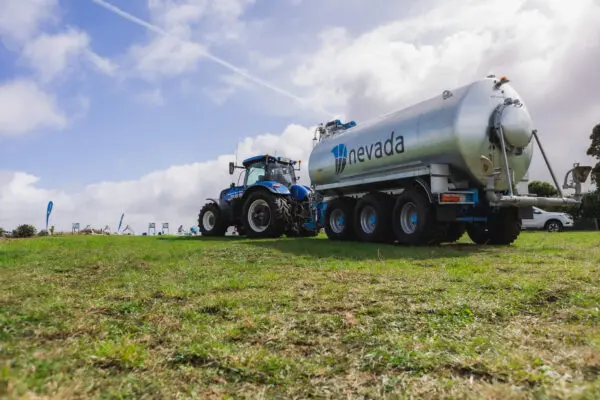
"*" indicates required fields

"*" indicates required fields

"*" indicates required fields
